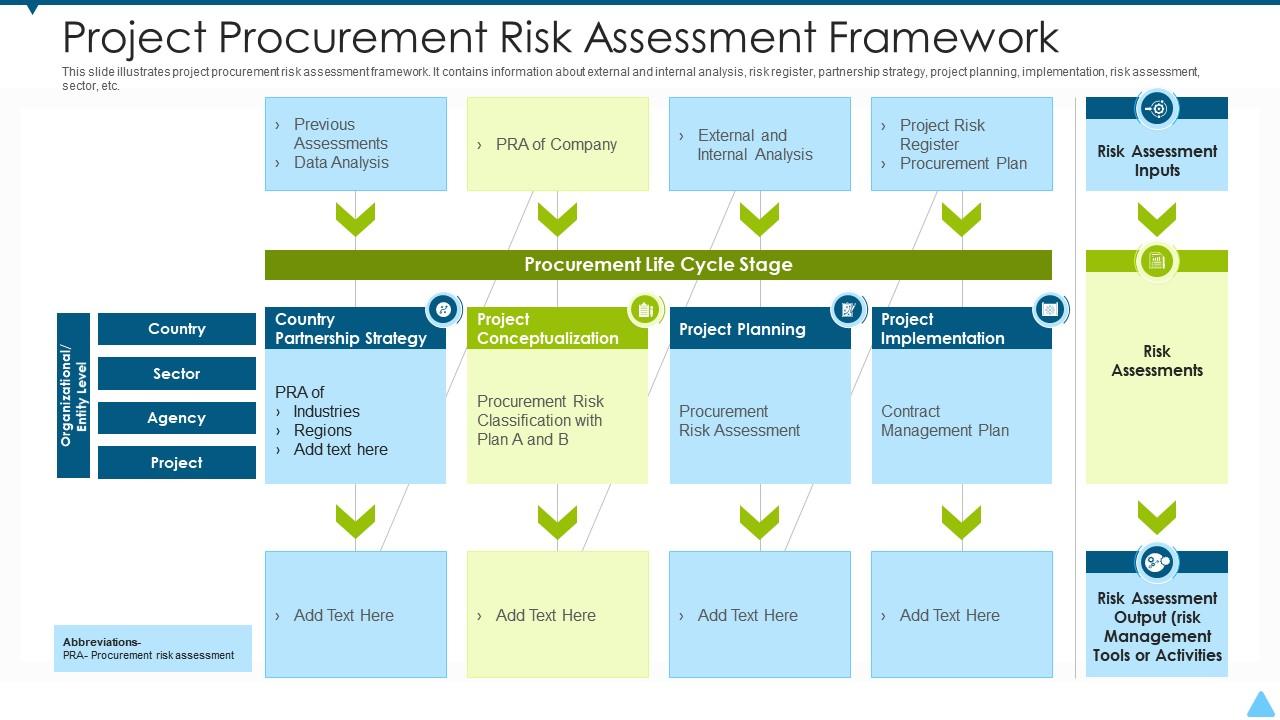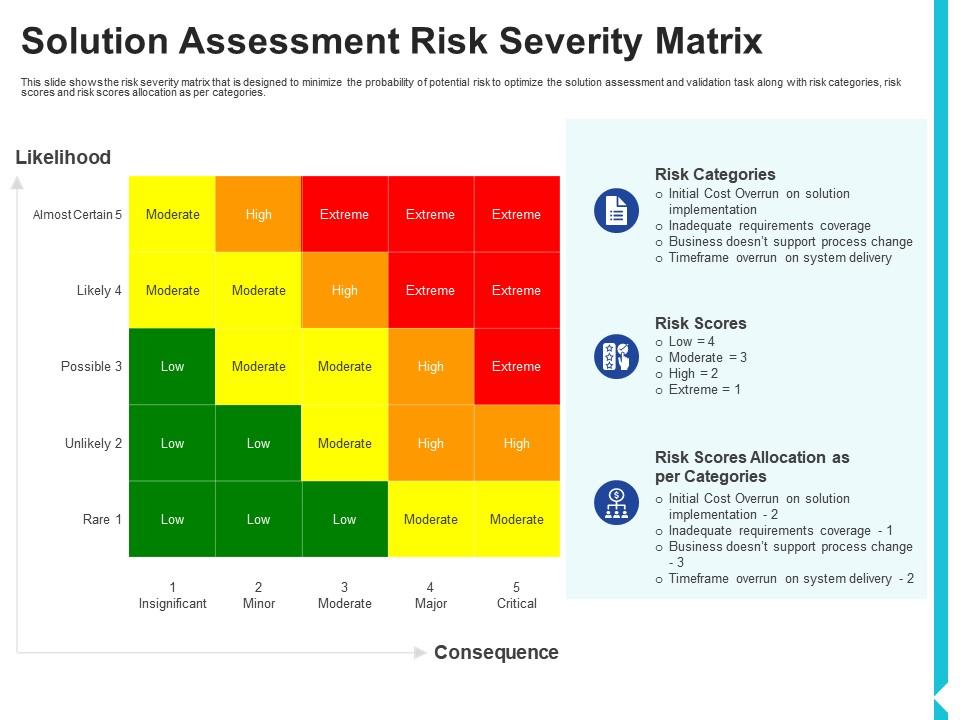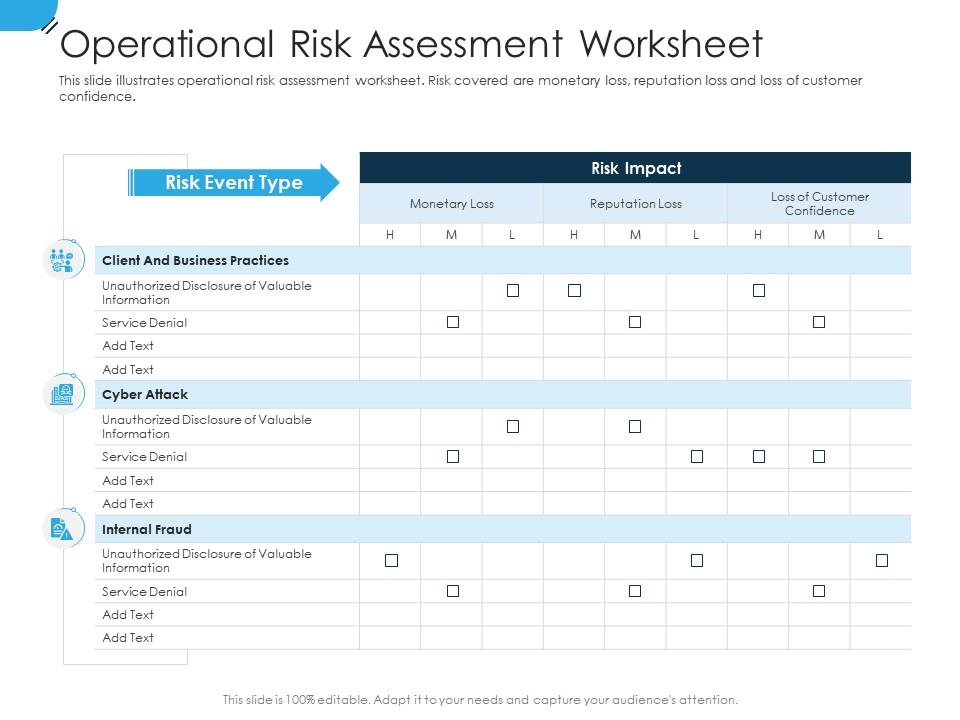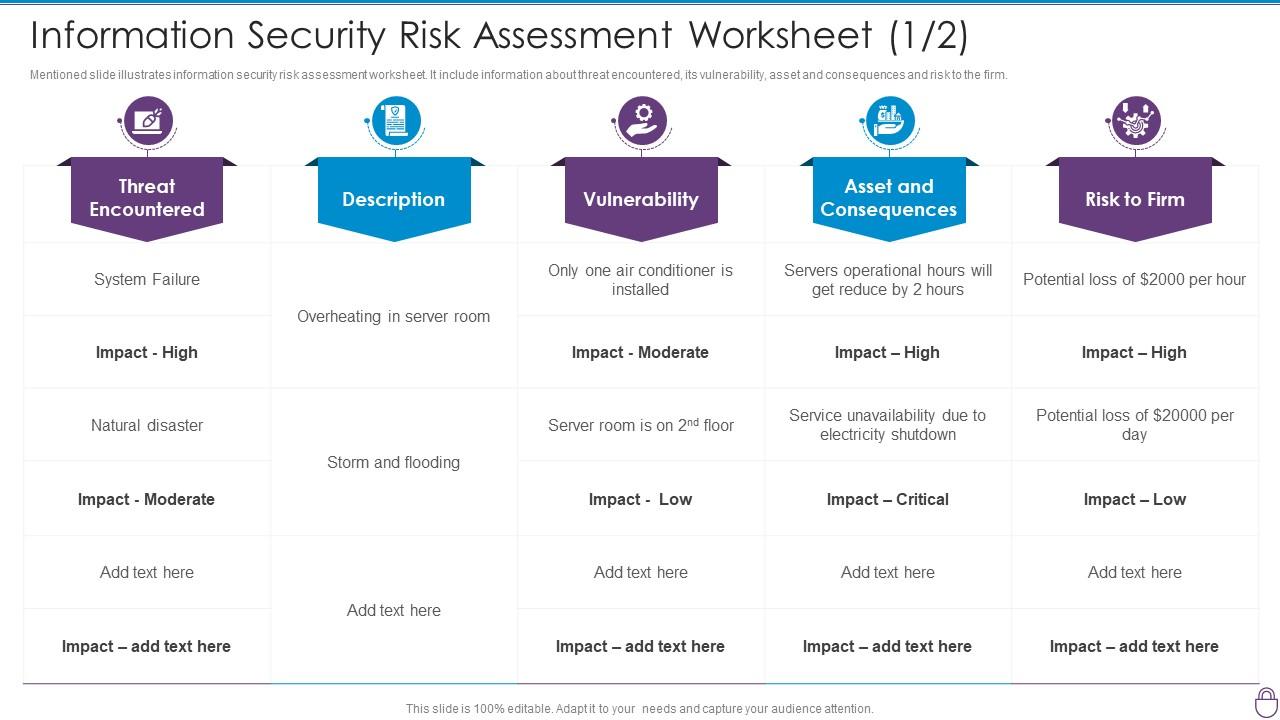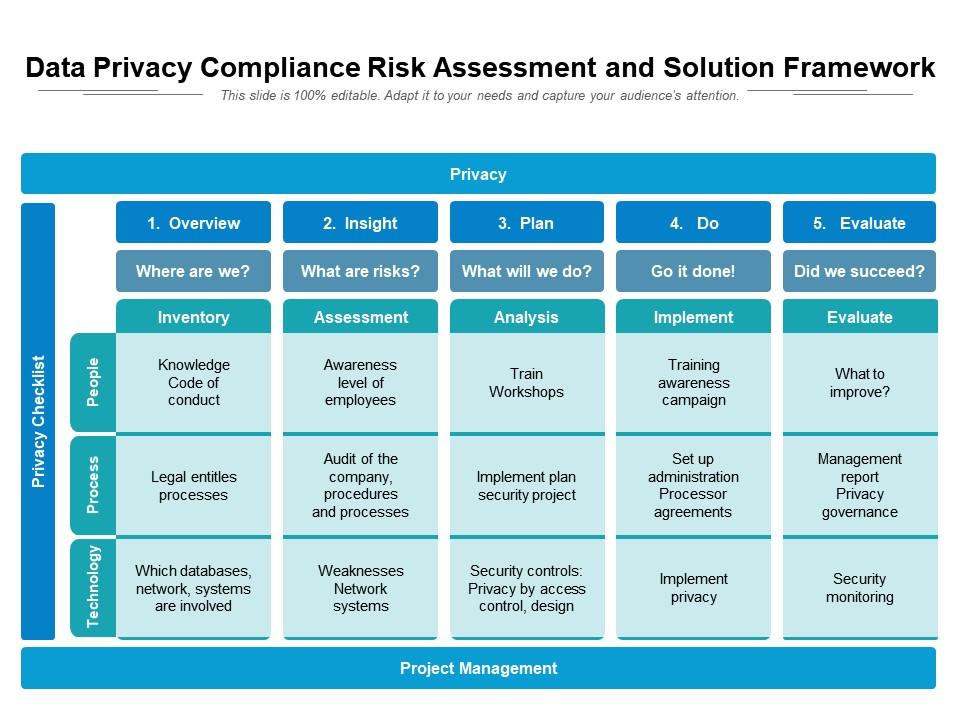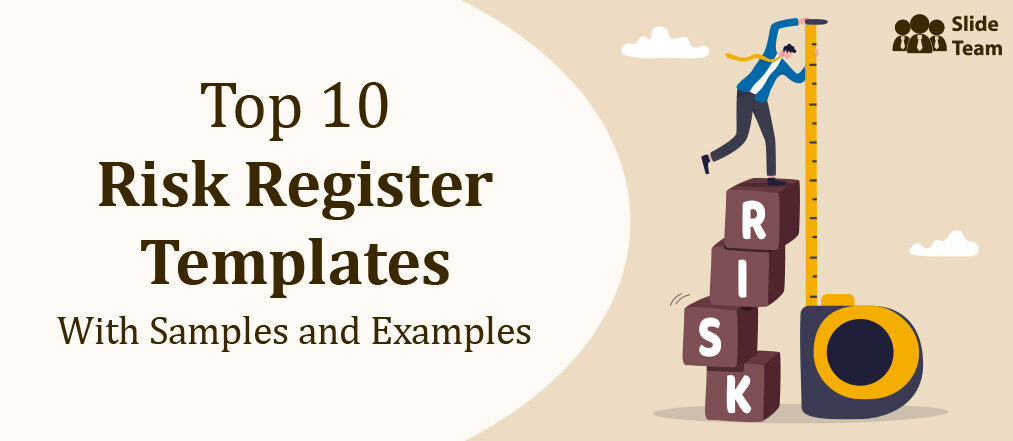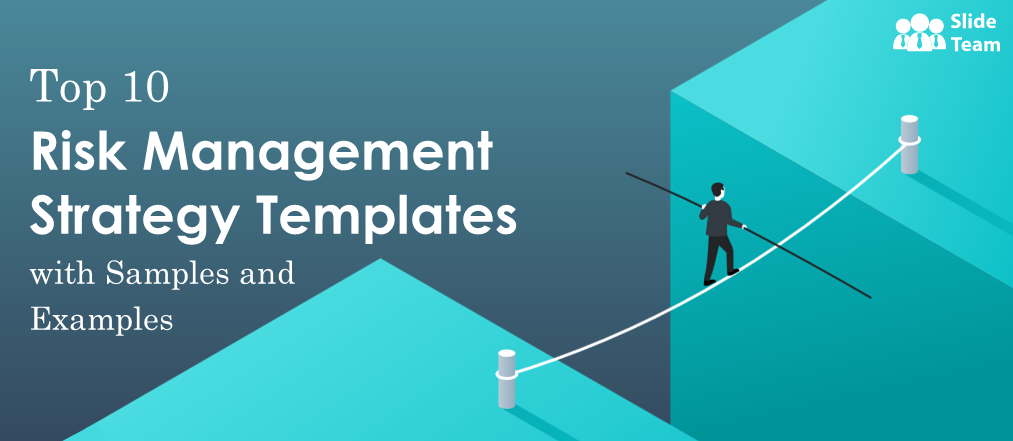Murphy’s Law: Anything that can go wrong; will, i.e., to say, “Think first what could go wrong.”
You are starting something new. Maybe you are combating an unfamiliar project, or perhaps you are orchestrating a change to an existing process. Whatever the specifics are, you're bound to wonder: what could possibly go wrong? To find out, you need a reliable system. A system that helps you identify potential risks, assess their likelihood, and respond appropriately: Risk Assessment Framework.
A project is a collection of interconnected tasks with deadlines, resources, and deliverables. Any task may contain an element of uncertainty (risk), which, if it occurs, may impact the project's success. In this regard, project risk consists of two components: the likelihood and consequences of occurrence.
You can never be too safe, so be well-prepared!
While risks cannot be completely avoided, risk management methods (such as the risk assessment framework templates) can help you evaluate the potential damage caused by those risks. As a result, the likelihood of project completion increases.
Risk Assessment Framework Templates
Stop stressing over the worst-case scenarios and start preparing for them with SlideTeam’s PPT Layouts.
Template 1: Project Procurement Risk Assessment Framework
Here’s a risk assessment framework template that covers all the stages of project procurement: Project Conceptualization, Project Planning, and Project Implementation. This PPT Template helps you review previous assessments and PRA (procurement risk assessment) of your company. perform internal and external analysis. It has a section dedicated to risk assessment inputs to help you make informed decisions. Get it now.
Template 2: Risk Severity Framework with Solution
Assessing and managing risks are close to diffusing bombs. A slight error could prove catastrophic. Our risk severity framework template wraps a protective layer around your projects. It helps you define risk categories and give scores according to severity. This way, you can build a risk assessment framework highlighting the risk that must be immediately addressed and the ones that have some time before hitting the trigger. Download now.
Template 3: Operational Risk Framework Template
Managing operational risks can be daunting. With this predesigned PPT Template, you can track the impact of risk across different verticles. The themes explained in this template include client and business practices, cyber-attacks, and internal fraud. This template helps assess the impact of risk in terms of monetary loss, reputation loss, and loss of customer confidence. Get it now.
Template 4: Information Security Risk Assessment Framework
Preparing an information security risk assessment framework is a hard nut to crack! SlideTeam presents you with a prebuilt template that you can use to build an effective model. It defines critical insights concerning the following:
- Details on Threats Encountered
- Vulnerability
- Consequences
- Risk to Company
Grab it now.
Template 5: Data Privacy Compliance Risk Assessment and Solution Framework
Here’s an inclusive data privacy risk assessment and solution framework. It helps you build a methodical process to prevent data breaches. This template targets the key entities (People, Processes, and Technology) and sanitizes potential flaws in your system. It has a prebuilt privacy checklist that you can capitalize on to ensure an uninterrupted flow of operations. Grab it now.
Beat Risk to the Project Punch
Risk is unavoidable, but it does not have to sabotage your success. Get SlideTeam’s risk assessment framework templates today to see how simple it is to stay one step ahead of project risks.
FAQs on Risk Assessment Framework
What are the 5 parts of a risk assessment?
Risk assessment is a systematic process for evaluating the potential risks associated with a particular activity, event, or condition. The process typically involves the following five steps:
- Identify the risk: This step involves identifying the potential sources of harm or danger associated with the activity, event, or condition being assessed.
- Determine the likelihood and severity of risk: In this step, the risk assessor evaluates the likelihood that the identified hazard will result in harm and the severity of that harm if it does occur.
- Evaluate the risk: Based on the likelihood and severity of harm, the risk assessor determines the overall level of risk associated with the activity, event, or condition.
- Implement controls: If the risk assessment indicates that the level of risk is unacceptable, the risk assessor will identify and implement controls to reduce the risk to an acceptable level.
- Monitor and review: The risk assessor will monitor the effectiveness of the controls in place and periodically review the risk assessment to ensure that it remains accurate and up-to-date.
It's important to note that risk assessment is an ongoing process, as the risks associated with an activity, event, or condition may change over time. Therefore, it is important to regularly review and update the risk assessment as needed.
What are examples of risk frameworks?
A risk framework is a structured approach to identifying, analyzing, and managing risks. There are many different risk frameworks that organizations can use, and the specific framework that is most appropriate will depend on the organization's needs and goals. Some examples of risk frameworks include:
- The ISO 31000 Risk Management standard: This international standard guides how to identify, assess, and control risks. Organizations across industries widely use it.
- The Project Management Institute's (PMI) Risk Management Standard: This framework is specifically designed for managing risks in the context of project management. It includes guidance on identifying, assessing, and responding to risks throughout the project lifecycle.
- The NIST Cybersecurity Framework: This framework is designed to help organizations manage cybersecurity risks. It includes guidance on identifying and assessing cybersecurity risks and implementing controls to reduce those risks.
- The Committee of Sponsoring Organizations of the Treadway Commission's (COSO) Enterprise Risk Management framework: This framework is designed to help organizations manage risks at an enterprise level. It includes guidance on identifying, assessing, and responding to risks across all areas of the organization.
- The Risk Management Maturity Model (RMMM): This framework is designed to help organizations assess their risk management capabilities and identify areas for improvement. It includes guidance on assessing risk management processes, capabilities, and outcomes and how to use this information to improve risk management practices.
What is the most popular framework for risk assessment?
The COBIT ERM Framework
The COBIT ERM (Enterprise Risk Management) framework is a risk management framework developed by the ISACA (Information Systems Audit and Control Association). It provides a structured approach for identifying, assessing, and managing risks at an enterprise level. The COBIT ERM framework is based on the COBIT 5 framework, which is widely-used for the governance and management of information and technology.
The COBIT ERM framework includes guidance on identifying and assessing risks across all areas of the organization, including financial, operational, strategic, and compliance risks. It also provides insights on how to implement controls to mitigate or manage identified risks and how to continuously monitor and review the effectiveness of those controls. The COBIT ERM framework is designed to help organizations align their risk management activities with their business objectives and strategic goals.


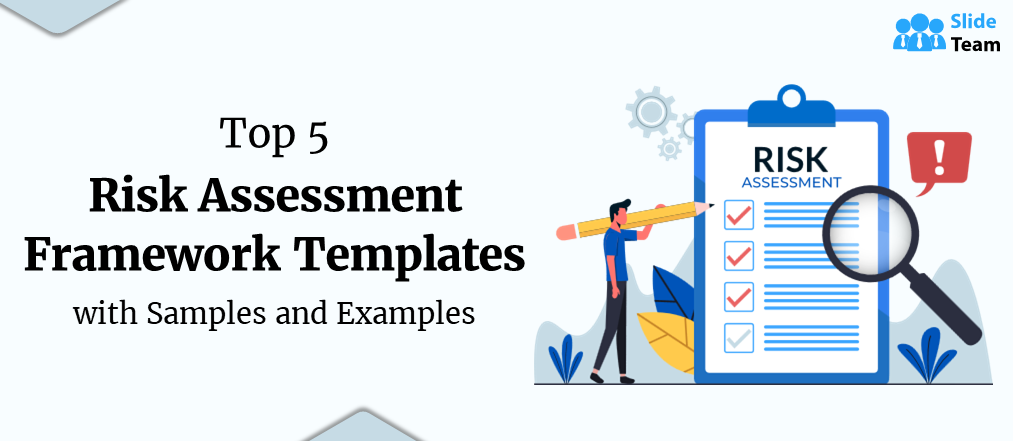


 Customer Reviews
Customer Reviews

